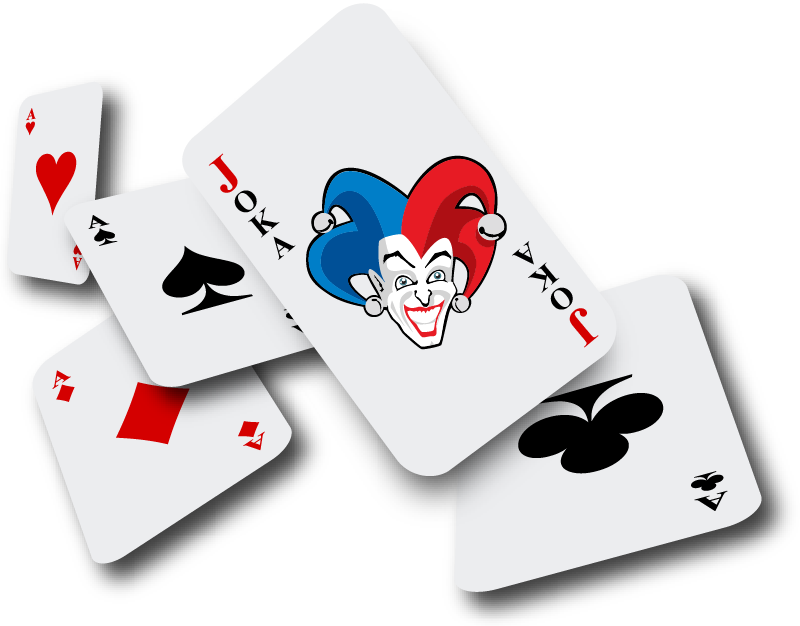Blackjack is one of the easiest casino games to learn and is a staple at virtually every casino party. With each hand you’re dealt, you have one goal: to beat the dealer! You are not playing against the other players at the table. If you beat the dealer, you win that hand. Each hand begins with every player at the table getting dealt two cards, face up. The dealer will also deal himself two cards, but one will be face up, and the other will be face down. After either sticking with your first two cards, or by drawing additional cards to add to your hand, you can beat the dealer in one of two ways:
- You can get closer to a total of 21 (without going over) than he does
- You can win if you’re still in the hand and the dealer busts (goes over 21)

Blackjack card values and hand values
The value of your hand is determined by adding the value of all of your cards together. In blackjack, all numbered cards have a value equal to their rank. (In other words, a 2 is worth two, a 3 is worth three, etc.) Jacks, queens and kings (also called face cards) have a value equal to 10. Aces have a value of either 1 or 11, depending on what works better for your hand.
If your first two cards are an Ace and a card with a value of 10, you have blackjack – and a winning hand! (Well, it’s a winner unless the dealer also has blackjack, in which case you neither win nor lose.) If your first two cards don’t give you a blackjack, you have the option to be dealt additional cards to raise the value of your hand (or in other words, to get it closer to a total of 21).
Playing your blackjack hand
As we said earlier, your goal is to have a better (or higher) hand than the dealer without going over 21. Once you’ve been dealt your original two cards, you have two choices:
- You can “Stand,” which means you don’t want to be dealt any more cards.
- You can “Hit,” which means being dealt another card from the dealer. You may hit as many times as you want – but remember, once the sum total of your cards exceeds 21, you’ve “busted” and lost that hand.
The dealer’s hand
The blackjack dealer’s job is rather easy, simply because he doesn’t have to decide whether to hit or stand – his cards make that decision for him.
Once every player and the dealer each have their first two cards, the dealer will discreetly peek at his hidden card (or “hole” card). If the dealer’s first two cards give him blackjack, he will reveal this immediately, and all players at the table lose, unless they too have a blackjack (this would be a tie or a “push,” which we describe below).
If the dealer does not have a blackjack, he will ask each player at the table whether they want to hit or stand (beginning with the player to the dealer’s left, and moving clockwise). Once all the players at the table have completed their hands, the dealer turns over his hidden card to reveal his total hand.
If the dealer’s cards total 16 or less, he must hit (take a card).
If the dealer’s cards total 17 or more, he must stand (he cannot take any more cards).
Winning, losing, or pushing
You WIN if:
- Your first two cards gave you a blackjack (or 21), and the dealer’s first two cards did not give him a blackjack.
- After you and the dealer are done hitting/standing, you have a higher hand than the dealer.
- You did not bust (go over 21), and the dealer busted.
You LOSE if:
- The dealer’s first two cards give him a blackjack, and your first two cards do not
- You hit and ended up with a hand totaling more than 21, (you busted).
- After you and the dealer are done hitting/standing, you have a lower hand than the dealer.
You PUSH if:
- After you and the dealer are done hitting/standing, you and the dealer have hands of equal value. This is called a “push” (or a tie), which means you neither win nor lose.

